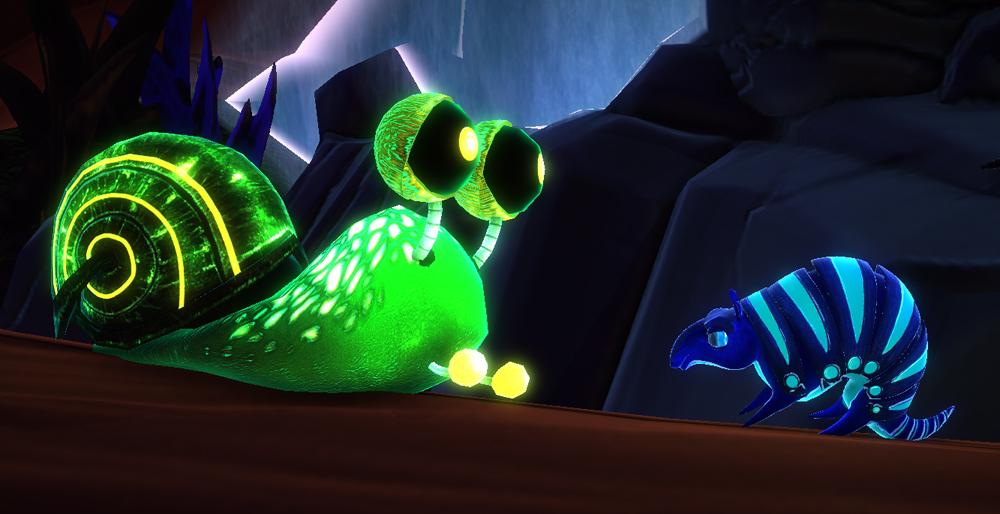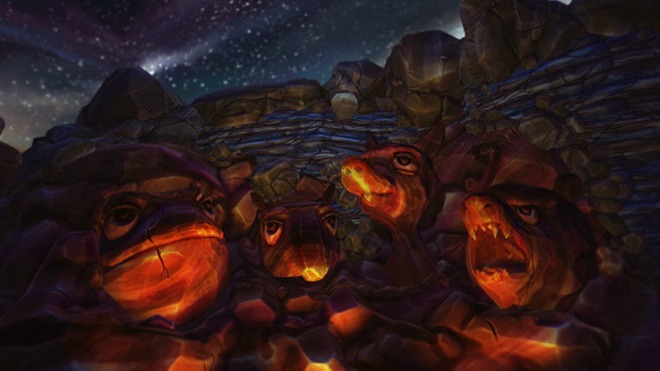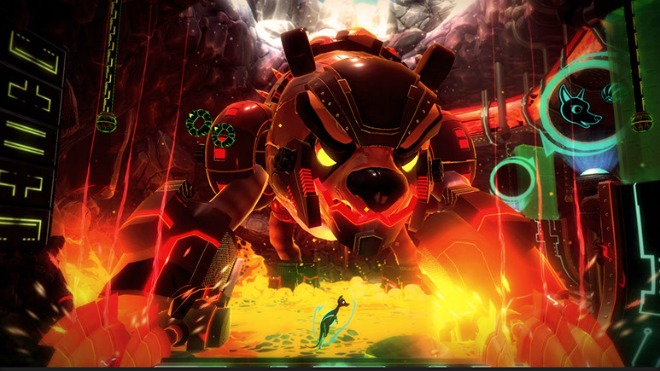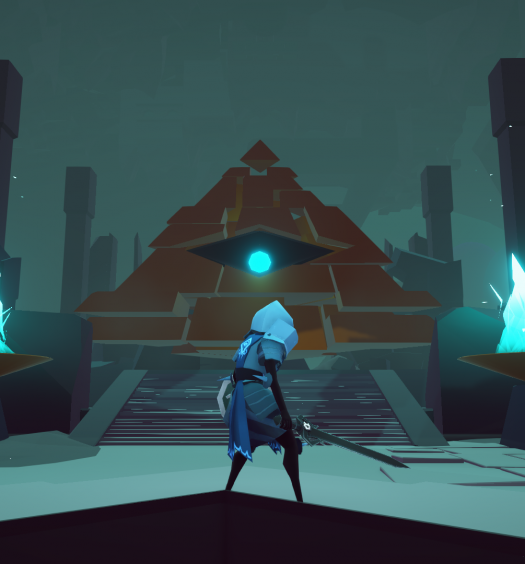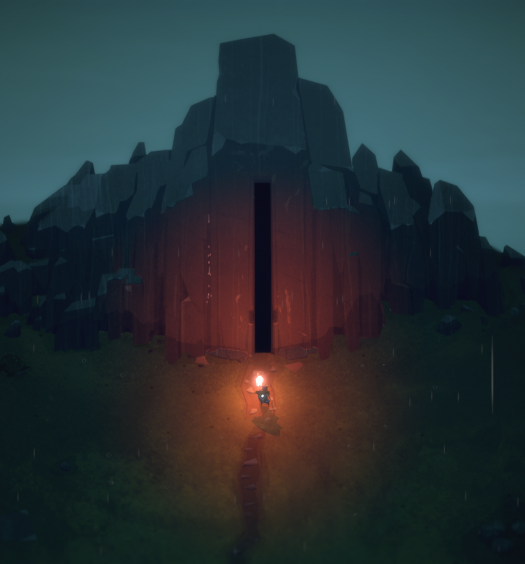Imagine a modern day co-op platformer that not only forces you to sit next to your friend but also actually requires you to cooperate. As crazy as that idea may seem, I got to play a game that does just that at this year’s PAX East. Good Mood Creators’ Mekazoo, is a neon-splattered rhythmic beat machine, that requires players to switch between colorful critters cooperating for a common goal.
From the second I lay eyes on Mekazoo, I am captivated by its bold use of neon colors and its jazzy funk soundtrack daring me to give it a try. When the game queues up, I am a futuristic looking armadillo rolling around bashing into enemies. Immediately, I am reminded of the golden days of Sonic the Hedgehog, but only better. Before I can get accustomed to playing as the armadillo, I am turned into a frog flinging myself along the treetops and blasting out of cannons.
“There is a laundry list of games that influenced us: Donkey Kong Country, Sonic, and Metroid — all the 16-bit classics that we all grew up with,” says Good Mood Creators’ Product Manager Mark Naborczyk. “And when you beat a boss you unlock that power, so there is a little bit of Mega Man thrown in there. We wear our inspiration on our sleeves, and we basically set out to create our dream platformer.”
Mekazoo isn’t shy at all about where it got its inspiration. The way it twists classic styling to fit its own creative universe is masterful. The levels are designed with puzzles and platforming that take time to analyze but are still fluid enough to keep the action swift. The switching mechanic between animals never breaks up the gameplay, and I am never confused when to switch. Many parts of the levels could be approached with either animal, but there are sections only certain animals can pass.
You can play the whole game solo, but it wasn’t until I had a co-op partner that the game went from good to great. The genius of Mekazoo becomes apparent once a second player is added into the mix. “We basically took the term co-op but made a game where you actually have to cooperate with each other. You can give each other a blistering headache by not working together as a team. Or you can work as a team and find that sweet spot and blast through a level,” explains Naborczyk.
When playing cooperatively, each player is given control of one of the animals, with only one animal playable at a time. To switch between the two, the other player simply has to press a button. With that one press, with or without the consent of the first player, the second player takes center stage.
“You will always have two animals at a time, but as the levels progress throughout the game there will be certain checkpoints in the level where you will switch to a different animal,” says Naborczyk. “So there are levels in the game where you’ll play as all 5 animals.”
This dynamic pushes the boundaries on how we have been trained to play co-op games. There are times where your friend can decide to take control if you’re failing; or times when both mutually decide to swap out. Given that each animal plays dramatically different from one another, it’s imperative to switch at the right times the further you progress. The tug of war for control combined with the patience, or maybe maturity, to wait until the right moment is quite the rush.
Emotions while playing range from confusion to frustration to excitement and ultimately to an intense sense of satisfaction. Triumphing over a boss or getting through a tricky section without dying makes you feel one with your co-op partner; while providing a feeling of accomplishment I have rarely felt in gaming. Mekazoo is definitely shaping up to be a great game whether you go at it alone or bring a friend, but some things are meant to be shared.
“Couch co-op shouldn’t be just sit there and wait for somebody to die and you get to play,” Naborczyk says. “It should be a very interacting experience.”

